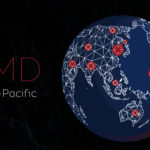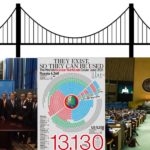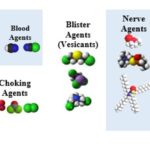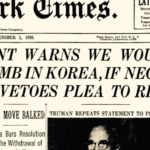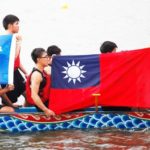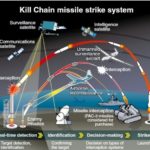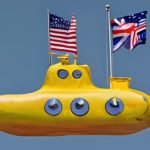
ALLAN BEHM FEBRUARY 22 2023 I. INTRODUCTION In this report, Allan Behm argues that the 2021 AUKUS agreement “remains essentially an exercise in political theatre, lacking in both legal enforceability and a wealth of practical detail—and Australia is no closer to the actual acquisition of nuclear-powered submarines than it was when the agreement was […]



